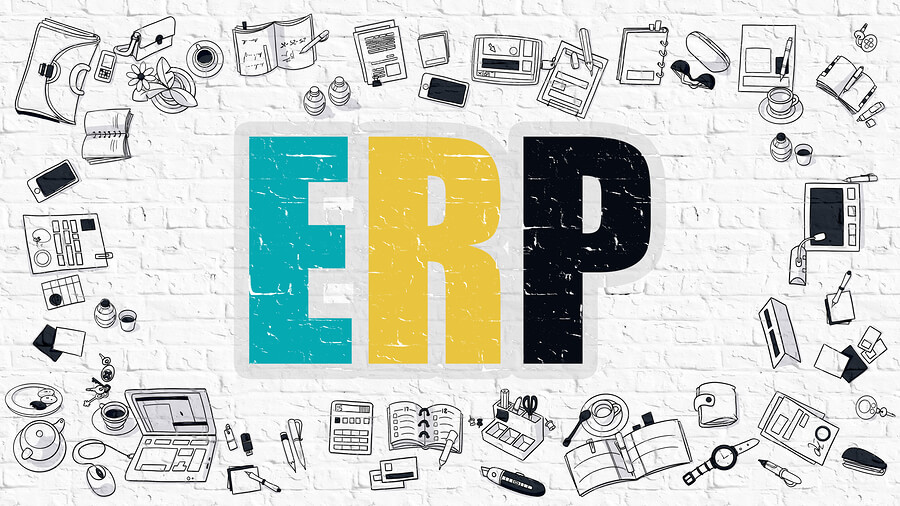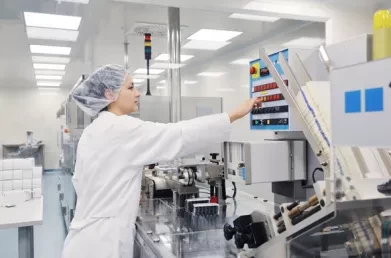ERP in Pharmaceutical Distribution
The relationships between drug manufacturers, distributors and end-customers are complex and taken with some of the physical characteristics of the pharmaceutical value chain introduce a number of challenges for ERP systems.
Pharmaceutical distributors and wholesalers form an essential link between drug manufacturers and hospitals, pharmacies and other healthcare institutions. The relationships between the drug manufacturers (usually known as Principals), the distributors and the end customers are complex and taken with some of the physical characteristics of the pharmaceutical value chain introduce a number of challenges for ERP systems. Some of these challenges include:
- Complex pricing models: Pricing in the pharmaceutical distribution value chain is extremely complex, particularly where the same organisation works as both a wholesaler and distributor. There are likely to be requirements for multiple price lists and contract pricing with a wide variety of discounting models including support for rebates, promotional discounts and bonuses.

- Retrospective claims: Pharmaceutical distributors often provide discounts on behalf of Principals, which subsequently need to be claimed back. Furthermore, services outside of physical product storage and distribution are often performed for Principals e.g. sales order entry, invoicing or payment collection. Billing for services is sometimes based on a percentage of sales, but there is also often a requirement for Activity Based Costing so that billing is more closely aligned to the effort involved in service delivery.
- Principal reporting: Pharmaceutical distributors need to provide extensive reporting to their Principals covering all aspects of sales, inventory management and services provision. Reporting needs to be available over the web with strict management of security. Typically, Principal reporting requirements will differ for each Principal.
- Physical Inventory: Depending on the nature of the drugs being distributed there may be very stringent conditions associated with the storage and handling of the inventory. For example, handling some bio-pharmaceuticals involves strict monitoring and reporting of chill chain parameters. Also, some products may be hazardous in nature or may require secure storage. In most cases there will be a combination of consignment stock and distributor-owned stock in each warehouse.
- Picking and dispatch: The volume of picks at peak times can be extremely high – particularly where wholesale distribution is being done. Most warehouses will have automated picking systems for high-volume items, which will need to be integrated with the ERP system. Often there will be a requirement for multiple pick lists per order, as high-volume and low-volume items will be stored and picked differently. A single order may include items at pallet, case and sub-case levels.
- Licensing regulations. For distributors who operate across multiple countries, there are regulatory requirements which must be adhered to. For example, pharmaceutical products must be licensed for each country.
 In addition to the points above, the pharmaceutical distribution value chain is characterised by a need for system flexibility which results from the requirement to meet ever-changing Principal requirements.
In addition to the points above, the pharmaceutical distribution value chain is characterised by a need for system flexibility which results from the requirement to meet ever-changing Principal requirements.
In summary, the pharmaceutical distribution sector creates some significant challenges for ERP systems, many of which will struggle to support key business requirements without extensive customisation. For those that do provide a good level of functional fit, given the level of change in the sector, careful assessment of the overall Total Cost of Ownership (TCO) of the system is vital prior to selection.
This blog was written by Sean Jackson, Managing Director at Lumenia. If you would like further information on ERP in Pharma Distribution or any other aspects of ERP please send an e-mail to Sean Jackson.


